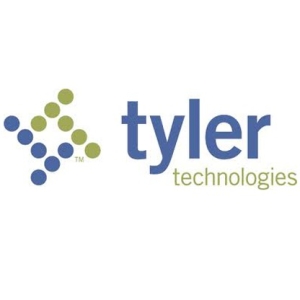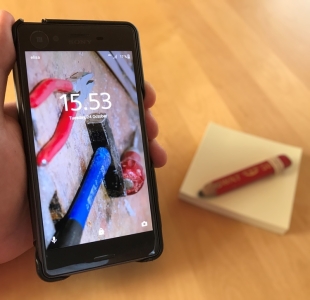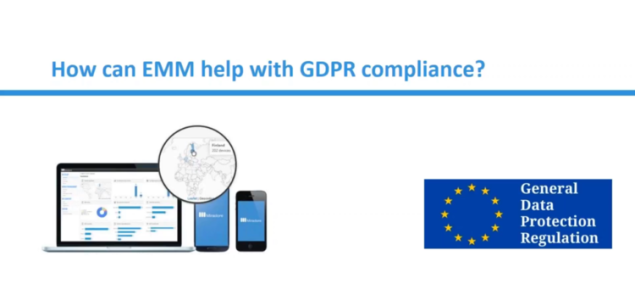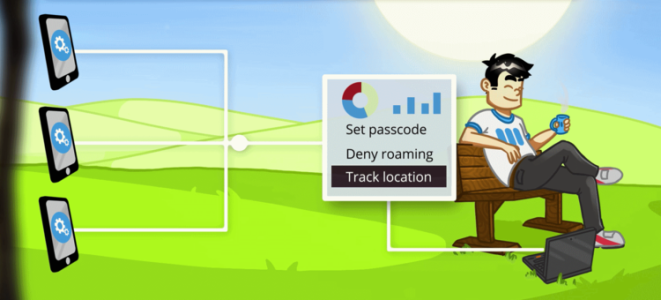 As device usage converges, will there be a need for separate management of workstations and mobile devices? We think only one is necessary.
As device usage converges, will there be a need for separate management of workstations and mobile devices? We think only one is necessary.
The new world of work
Today’s employers expect their workers and contractors to be working or at least accessible anytime anywhere.
Employees are more likely to be carrying out work-related tasks on mobile devices rather than at fixed-location workstations.
Though the 2016 Gartner Personal Technologies Study found that 80 percent of workers surveyed received one or more corporate-issued devices, desktops are still the most popular corporate device among businesses, with more than half of workers receiving corporate-issued desktop PCs.
Surprisingly, only 23 percent of employees surveyed are given corporate-issued smartphones.
However, ”the low adoption of corporate-issued mobile devices underlines the fact that large numbers of personally owned mobile devices are used in the workplace,” noted Mikako Kitagawa, principal research analyst at Gartner.
The analyst discovered that more than half of employees who used smartphones at work rely solely on their personally owned smartphones.
This is not surprising, given the popularity — and cost saving benefits — of BYOD programs in the workplace. And especially for the Android platform, Android Enterprise allows us to deploy a secure Work Profile for devices to have a separate container for business data on a private smartphone just for this scenario.
However, corporate issued workstations need to be managed, too.
Pressure on IT to deliver
Today’s devices age quickly and are replaced by newer models; employees come and go; and the security and threat landscape changes drastically. As such, IT leadership is tasked with managing a disparate and growing number of devices, operating systems, apps, software licenses, and platforms.
The only efficient method of cohesively managing and securing all endpoints, users, apps, content, and data is to implement and deploy a unified endpoint management (UEM) solution that changes and adapts with new technologies, more skilled or independent users, and increasingly sophisticated attacks by hackers.
Ultimately, workers want the freedom to use the devices — really, endpoints — of their choosing, and enterprises want to enable those endpoints for productivity as well as secure those endpoints to protect their proprietary data.
Windows Phone vs. Windows 10 on laptops
This is not to be confused with support for Windows phone. As we’ve pointed out previously in our blog, the future of the platform is uncertain, and Microsoft has publicly announced that it is discontinuing support.
Our plan
Miradore is currently working to enhance Miradore Online by extending capabilities to include not only smartphones but laptops and desktops too — starting with those running Windows 10. In this way, organizations of all sizes can deploy Miradore Online regardless of the employee’s choice of device, and enable you to have a complete view and remote management capabilities over your entire fleet from a single place.
The free plan allows companies to enroll and register an unlimited number of devices, run security actions such as lock and wipe to protect lost devices, and remotely configure settings such as e-mail or WiFi to save on setup costs. Location tracking, remote software deployment, and other premium features are available as an upgrade.
For Windows 10 devices, the initial release is just around the corner, and the licensing model will remain the same. The free plan features will be first, but expect us to rapidly follow with the powerful features you already love about our paid plans for this platform as well.
BECOME A TESTER
We are looking for companies interested in testing out Miradore Online for devices with Windows 10.
Send as email if you'd like to join our beta program: support.online@miradore.com
![]() As device usage converges, will there be a need for separate management of workstations and mobile devices? We think only one is necessary.
As device usage converges, will there be a need for separate management of workstations and mobile devices? We think only one is necessary.














 Miradore - Asiantuntijat ja yhteyshenkilöt
Miradore - Asiantuntijat ja yhteyshenkilöt
 Miradore - Muita referenssejä
Miradore - Muita referenssejä
 Miradore - Muita bloggauksia
Miradore - Muita bloggauksia

















































